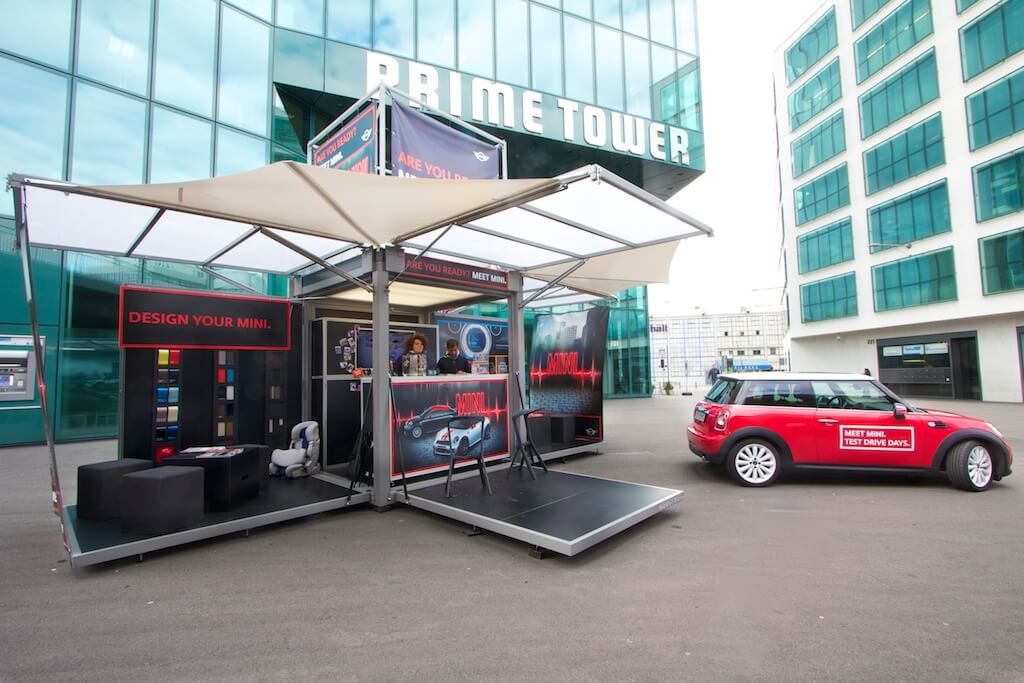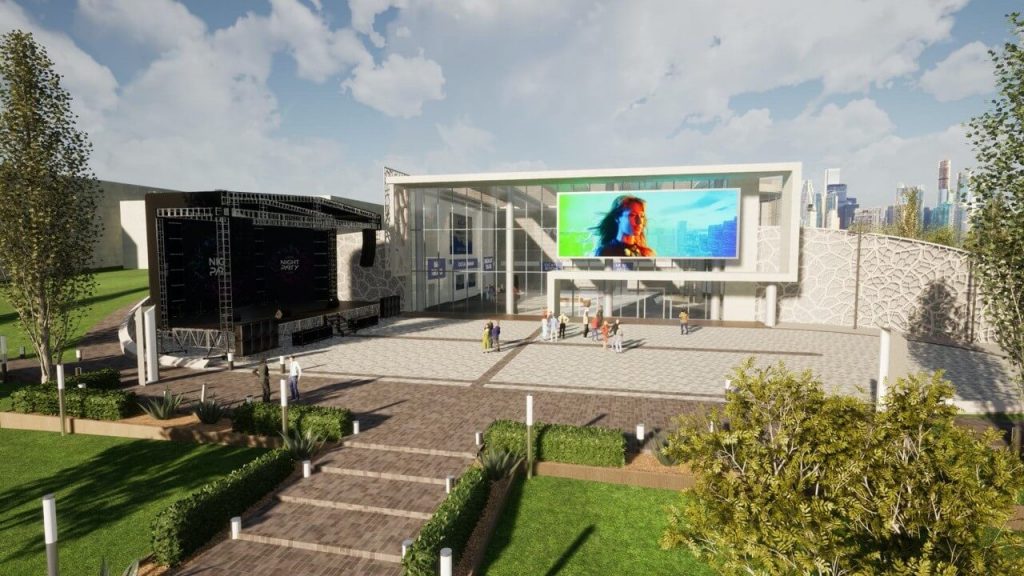Planning and executing an event—even a small one—is a major task. To get it done successfully requires organization and attention to detail. One important part of this organization is writing an event brief. An event brief helps you and your team keep track of the big picture as you work through all the details of event planning. And you can shortcut the process of creating a brief by using an event briefing template that lets you quickly slot in the relevant information.
What Is an Event Brief?
Every great event starts with a plan, but your event plan isn’t the only essential document you need. If an event plan provides a comprehensive and highly detailed overview of an event, the event brief is the framework that supports that plan.
Your event brief provides a full overview of the event, including all the big-picture elements, people, and timelines that are needed to pull the whole thing together. If the event plan is a three-dimensional view of an event, an event brief is like a top-down view: you see all the core elements, but not the nitty-gritty day-to-day details.
Creating an event brief is important because it’s a handy document for you and everyone else associated with the event. An event brief provides information about:
- The event-planning timeline
- How the event should look and feel
- Who and what it’s for
- The event budget
- And more
Also important is that the project brief gives you a way of providing this information without getting mired in details. Once the planning process actually starts, the brief is a useful guide you can refer to, to help you stay true to your original vision for the event.
Different Types of Event Briefing Documents
For event planners: Event briefs are commonly used in the event-planning process by planners and their event teams. They’re also used as a quick way to provide information to people who aren’t part of your planning team but might need certain information about the event. This document is typically written by the head or director of the event planning team, with other team leaders contributing. Every member of the event planning team should get a copy or have access to the document online.
For event guests: An event briefing is often provided to speakers and special guests, with details about:
- The event venue
- Traveling to the event
- Suggested attire
- The event schedule
Essentially, it should provide any specific information the guest needs to know in order to do their job at the event.
For vendors/partners: In this case, the project brief is a summary of the role that the vendor or partner has to play in the event. For a caterer it might include information about the venue, menus and food, and any other important details.
If you’re partnering with an event-planning agency, the brief should be designed to ensure that you and the agency stay on the same page in terms of the style, theme, and other essential details.
What to Include in an Event Brief for Your Event Planning Team
The key to writing a useful event brief is to make it easy for the reader to find the information they need. It’s best to separate the document into several sections and then flesh each section out with the relevant information.
Section 1: Overview
The first section should include specific information about the event, without getting too detailed.
Summary: A short summary of the event, including:
- The event’s title
- A brief description of the event type
- A brief description of the event’s structure
- A brief description of the content you’re planning
Keep this short: around two or three paragraphs at most.
Date/time: The dates, days, and times the event will be open
Event format: Is it a live event, virtual event, or hybrid event?
Venue: Including city, venue, and the venue address
Attendance: Total number of attendees expected/projected
Partners: What, if any, partner organizations, sponsors, or other stakeholders are being included? For each, include the point of contact and their contact information.
Event team: A list of you and your event team, plus contact information and a brief description of everyone’s roles and responsibilities
Event management platform: Whatever platform you’re using, plus login instructions/passwords as needed
Event website: Website link, plus a link to the registration site, if it’s different from the event site.
Key deadlines: Any important deadlines that shape how the show will be put together. This might include registration or early-bird pricing deadlines, or due dates for vendor payments.
Section 2: The Event Vision
In this section you’ll go into a little more detail about your vision for the event. But not too much! Remember, this is an overview and not a highly detailed event style guide. There’s no point including lots of detail that most of your team doesn’t need.
For instance, instead of including the entire budget in this section, you’ll just include a few key budget details and link to the budget spreadsheets in the resources section of the brief. Your speaker liaison or event marketing team doesn’t need to know all the details about the entire budget—just what’s relevant to them.
Event type: For instance, is it a fundraiser, a product launch, or something else?
Purpose: Why is this event happening? Is it to raise brand awareness, attract new clients, boost employee morale or engagement, or something else?
Goals: What do you want to achieve with this event? What are your specific goals?
Audience: Who will be attending this event? For instance, is it aimed at employees, people in a specific industry, or people with a specific job title across several industries?
Theme: What’s the event theme and tone? What will the event look like, and what branding, color, and design elements are most important?
Budget: Include key budget details, but don’t outline the entire budget. In this section budget information is included so the team has an idea what the budget is for each major event category.
Vendors: What types of vendors does the event need?
Speakers and guests: At this stage you may not have booked any talent, but it’s helpful to build a list of keynote speakers and other guests you’re interested in securing.

Section 3: Resources
Here you’ll compile resources you and your team need as you proceed through the planning process. This should include any shared documents such as plans, project trackers, budgets, and run-of-show documents. What you include here will depend on the specific nature of your event. Some options are:
- Event plan
- Project management trackers
- Budget spreadsheets
- The run-of-show document
- Agenda/schedule
- Speaker notes/presentations
- Creative assets (e.g., logos, color references, images, and other design assets)
- Registration numbers and reports
Make sure to link to these documents, if applicable, in addition to listing them. This will make it easier for people to find and use them as needed. The easier it is for your team to access everything they need, the better they’ll be able to do their jobs.
Create an Event Briefing Template
Having an event briefing template on hand is useful because it gives you a quick way of writing an event brief, without having to search through notes or previous briefs to remember what details are important to include. It’s also useful if your organization has a specific format or style elements that must be used when creating new documents. Use the above list to create a template that fits the desired format.
Once you have an event briefing template set up, you can fill in the applicable details, then delete any fields that aren’t relevant to the particular event. You can also adjust your own event briefing template so it fits your planning style and the types of events you work on.
Make sure to add copies or links to any resources your team will need as they work through the planning process. Also include access instructions, account information, and passwords, as necessary.
A Great Event Brief Saves You Time and Keeps You on Track
Planning an event means immersing yourself and your team in a world of detail. Sometimes it’s hard to see the forest for the trees—but an event briefing document is an effective way to help you stick to the path and get through to the other side successfully.









